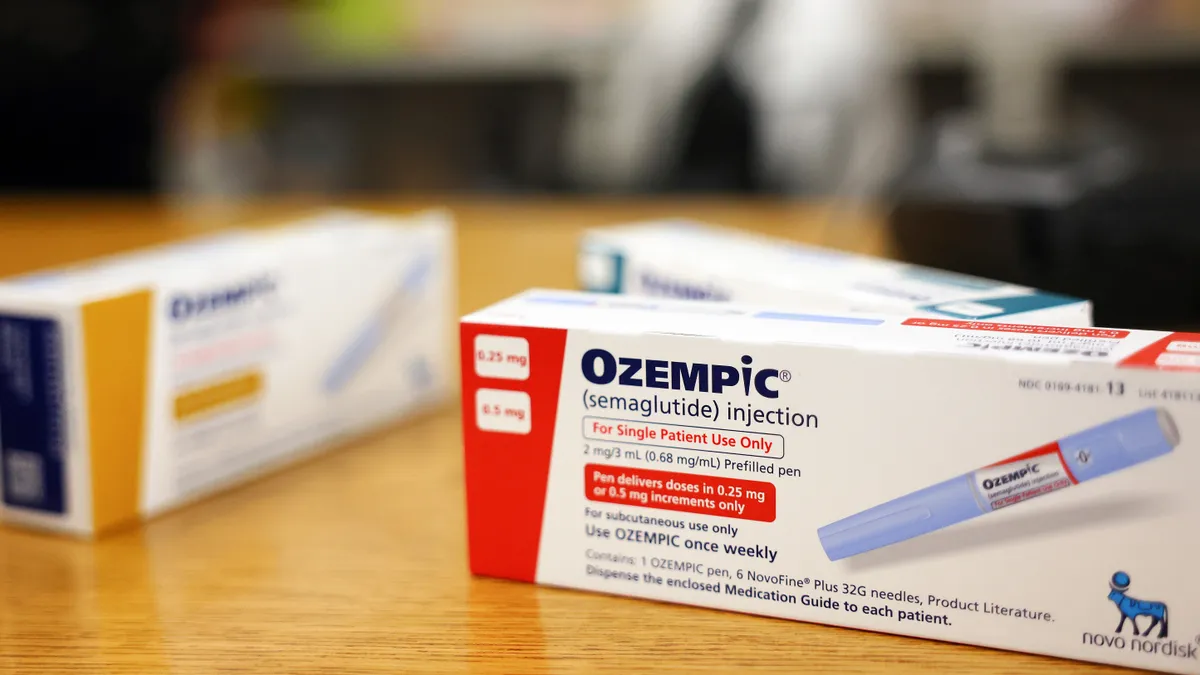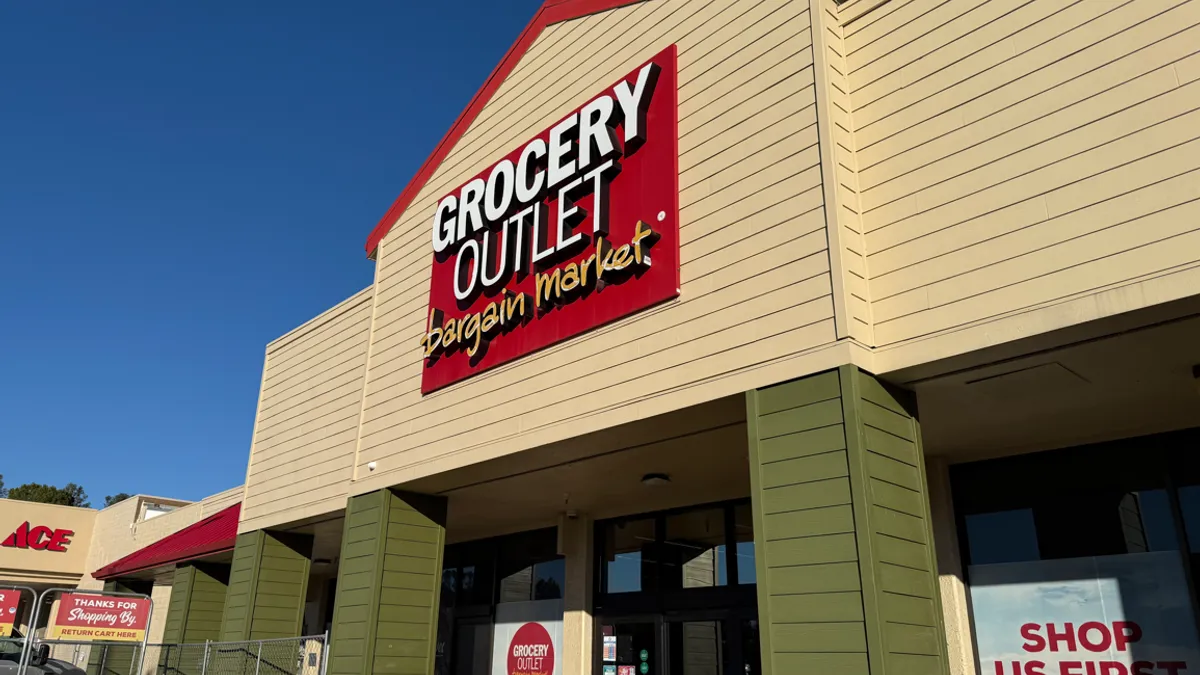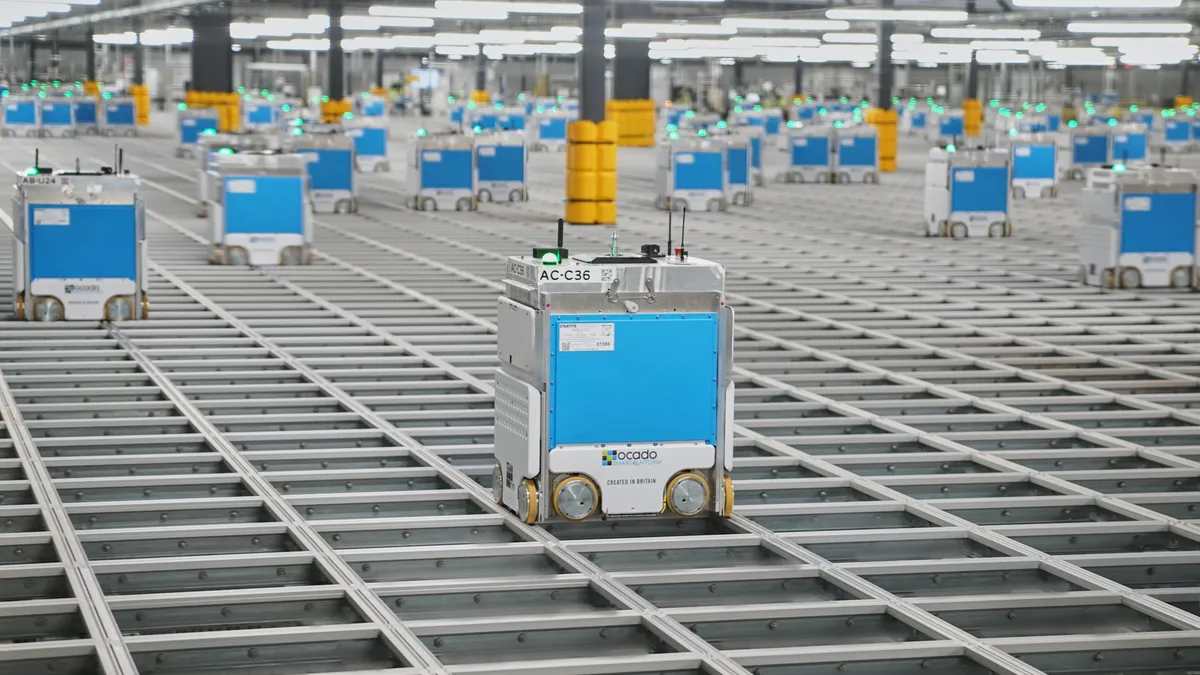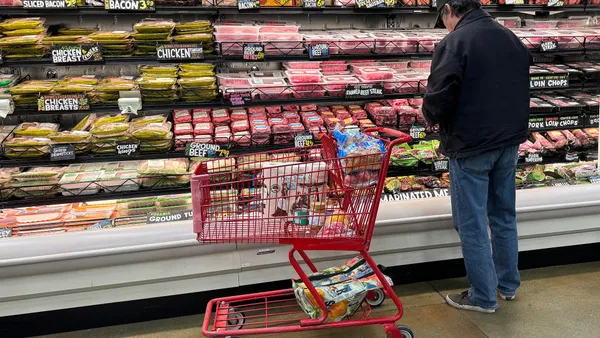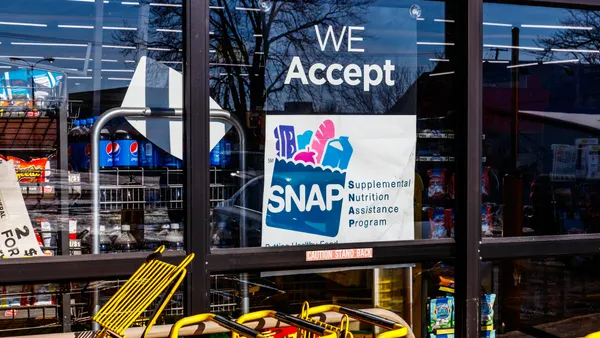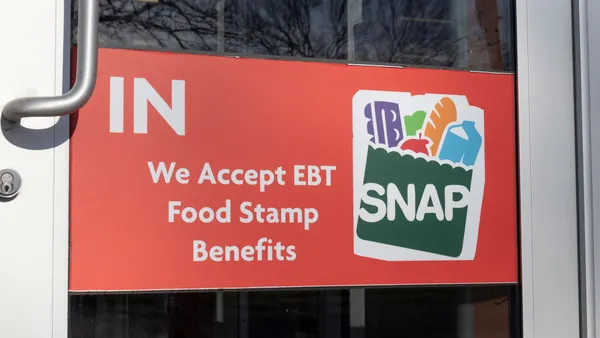CHICAGO — Americans are using weight loss drugs more than ever, standing to transform the food industry by reshaping how and what consumers eat.
Around 6 million adults, or 2% of the U.S. population, use GLP-1s such as Ozempic and Wegovy to lose weight, according to a FAIR Health report. With 137 million Americans — or more than half of all adults — eligible for the drug, the market for these medications is expected to skyrocket.
For food and beverage companies, the implications could be significant. GLP-1s’ hunger-suppressing side effects result in lower consumption of most products. Grocery spending shrank by 6% in households containing at least one person taking weight loss drugs, a Cornell study found.
"The billion-dollar question is: How do I make someone who is not hungry eat again?" Bruno Didier, head of B2B at CookUnity meal delivery service, said during a panel at the IFT FIRST conference in Chicago earlier this month.
Part of the answer lies in understanding how consumer diet patterns are changing when taking the medications. Research from the University of Arkansas' Agricultural Experiment Station found the drugs don't just affect how much a person eats, but what they eat, too.
Consumers on GLP-1s eat 700 fewer calories a day, and they were most likely to eschew processed foods, sugar-sweetened beverages, refined grains and beef. Only fruit, leafy greens and water showed an overall increase in consumption, the research found.
While consumption of most processed and sugary foods drops when taking GLP-1s, consumers' desire for these foods does not wane. That's creating additional opportunities for food companies to support consumers' dual desires for nutrition and indulgence.
Companies are selling smaller portion sizes, more nutritionally dense options and foods fortified with fiber or vitamins. Nestlé launched a GLP-1-friendly frozen product line in 2024 featuring bowls with whole grains, portion-aligned sandwich melts and pizzas with cauliflower crust.
The shift is a far cry from the past, when companies would offer meal plans with lower calories to help consumers sustain weight loss. Now, food is marketed to help consumers avoid muscle mass loss and maintain their nutrient intake.
"It's really important to make more use of your calories, making sure that each calorie counts for nutrition," David Despain, senior principal nutritionist at Nestlé Health Science, said at IFT FIRST. "Maybe moving on from the past of working on foods that are craveable and more producing foods that are delicious and yet intentional."
Eating, however, is more than just getting nutrition — it's a social and cultural activity that is an essential part of daily life. To capture consumers, more companies are also beginning to play up the social and experiential aspects of their foods.
Lydia Alexander, chief medical officer at Enara Health and a diplomate of the Obesity Medicine Association, said companies should not think "food isn't going to matter anymore" with consumers taking the appetite-suppressing medications.
Instead, businesses offering the most care and intention behind their packaging, messaging and nutrition benefits will win in the GLP-1 era.
"I would say, really … that food is going to matter more than ever, because it's experiential," Alexander said.


